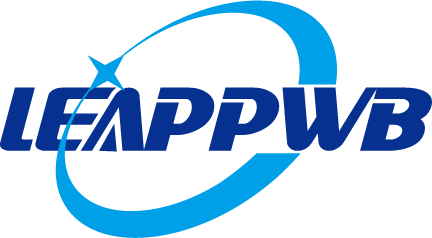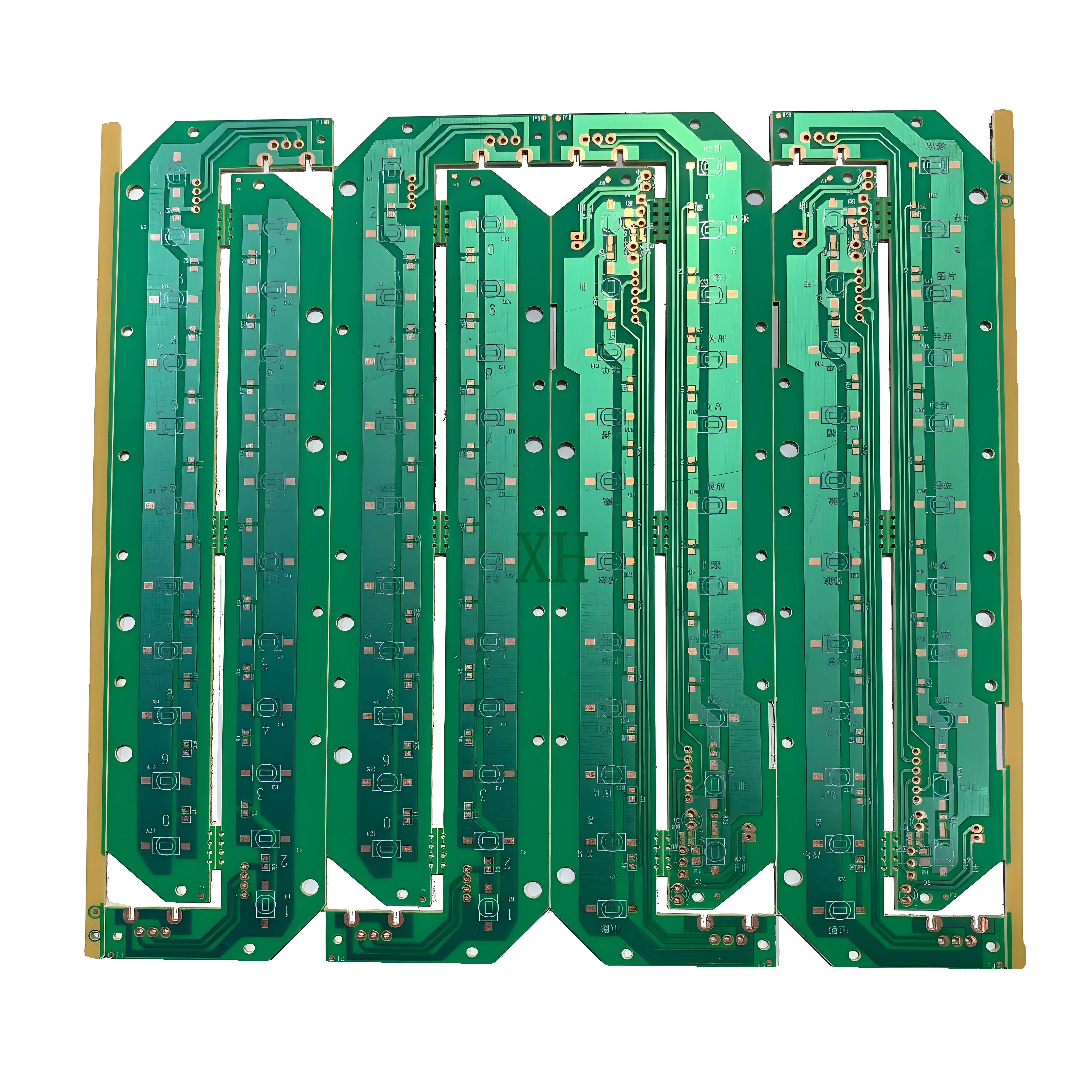The Evolution of PCB Manufacturing: A Historical Overview
1925: The journey of PCB manufacturing began when Charles Ducas in the US developed printed wiring on an insulating substrate, revolutionizing the way electronic connections were made. This innovation, later enhanced by copper electroplating, marked the inception of printed circuit board (PCB) manufacturing.
1936: Austrian engineer Paul Eisler advanced this technology by creating printed circuit boards and integrating them into radio devices, setting the stage for widespread PCB usage.
1947: The introduction of epoxy resin as a substrate material significantly improved the durability and functionality of PCBs, further propelling the industry forward.
1948: The United States officially recognized the printed circuit board as a commercial product, paving the way for its integration into various industries.
1953: Motorola pioneered the development of double-sided PCBs using the electroplated through-hole method, a technique that would later become crucial in manufacturing multilayer printed circuit boards.
1960: V. Dahlgren’s invention of the flexible printed circuit board, using copper foil on flexible plastic material, opened new possibilities for PCB applications, especially in dynamic and space-constrained environments.
1961: Hazeline in the USA took PCB manufacturing to the next level by introducing multilayer PCB production through plating through-hole technology, enabling the creation of complex and highly functional circuit boards.
1995: Panasonic’s development of any-layer drilling in multilayer HDI PCBs, including stacked vias, allowed for more intricate designs and enhanced connectivity across multiple layers.
1996: Toshiba introduced the b2it multilayer printed circuit board, a technology that quickly gained acceptance in the PCB manufacturing industry for its efficiency and versatility.
2000s: The turn of the millennium saw the emergence of new technologies such as rigid-flex PCBs, buried resistors, buried capacitors, and IC substrates, further diversifying and advancing PCB manufacturing capabilities.


